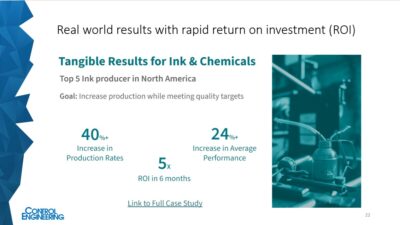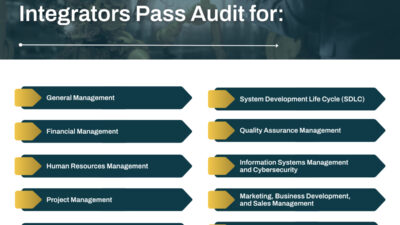WhereNet reports a leading international car manufacturer is using version 2.0 of its Material Flow: Replenishment, a real-time manufacturing execution solution that streamlines the entire replenishment process across the enterprise, and integrates with ERP systems. The results:
“After realizing more than 12-percent efficiency gains from using Material Flow Replenishment solution in one part of our factory, we expanded use of the solution so that we now manage 750 parts across a span of more than 1.5 million square feet,” says Nathan Pearson, project manager for Material Flow for a leading international automaker in Indiana. “With access to real-time data and analytics-rich reports, we have everything at our fingertips to make intelligent decisions and change business processes on the fly. WhereNet helped us take our lean manufacturing initiative to a new level.”
Designed to support and automate lean manufacturing techniques, Material Flow combines RFID technologies and software to enable facilitywide visibility to centrally manage and control supplier collaboration, internal supply, and communication within a single system.
Material Flow also increases the value from ERP software investments such as SAP by leveraging a master data repository. It then returns real-time execution level information back into the ERP system to improve error-proofing capabilities and build data accuracy.
Demand-driven pull replenishment processes are streamlined by reducing multiple steps into a single transaction, from start to finish. Real-time execution information focuses on delivering the product from external supplier or internal storage to the point-of-use line side with actionable instructions for plant-floor staff.
Its flexible parts replenishment solution also tracks the exact time of every part request, automatically prioritizes the requests, and sends instructions to material-handling drivers in vehicles equipped with Wi-Fi terminals, telling them where to pick up and deliver the parts. The system promptly alerts both the manufacturer and suppliers when parts are needed on the assembly line, resulting in a synchronous material flow across the supply chain, reduced inventory, and higher productivity.



